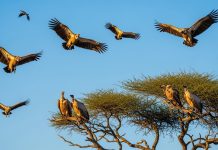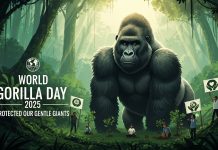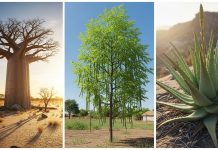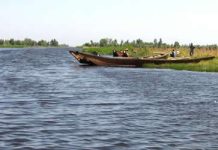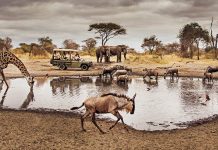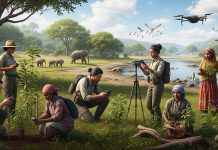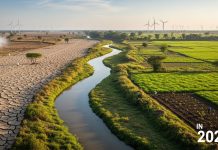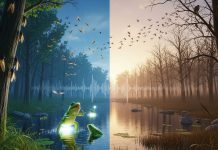Extinction is the dying out or extermination of a species. This process occurs when plant or animal species are diminished because of environmental factors such as habitat fragmentation, climate change, habitat loss, or over-exploitation by humans among others.
Also, animals are declared extinct when they’ve gone unobserved in the wild for 50 years. Those on the IUCN Red List that are entering their 50th year of absence are up for extinction declaration in 2022.
Animals that go extinct via the observation method, as opposed to other means, are often categorized as lost species.
Here is a compilation of a list of some 4 such animals that have likely been lost to extinction in 2022.
Sir David’s Long-Beaked Echidna (Zaglossus Attenborough)
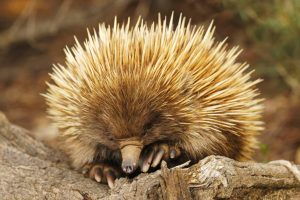
Also known as Spiny Anteaters, Sir David’s Long Beaked Echidna is a monotreme or an egg-laying mammal that is native to the temperate regions of Australia and lowland New Guinea.
These animals are solitary and only meet once a year to procreate. They characteristically curl up into a ball when threatened while their spikes protect the process.
It hasn’t been observed in the wild since 1961 therefore, will likely be declared extinct in 2022. However, some animal species remain in the lost animal category because individuals may still be discovered in the future. Hopefully, that will be the case for the Echidna since large portions of Papua New Guinea have not been biologically surveyed.
Cape Verde Giant Skink
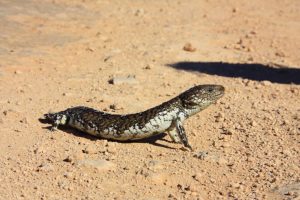
The Cape Verde Giant skink is a specie of lizard that at one time inhabited the Islets of the Atlantic Ocean but as a result of human-caused habitat destruction that IIsletswere rendered deserts.
An interesting feature of the Skink is that it possesses a transparent lower eyelid which possibly enables it to spot predators from below. Historically, this skink was a herbivore but in adapting to the degradation of its environment, it began eating small prey like bird eggs. They are also believed to be egg-laying reptiles.
The extinct skink has not been seen since 1940 and may be declared extinct in 2022. Habitat loss and hunting are responsible. These animals were hunted because their bodies are believed to secrete oil that was used as a healing balm.
Butterfly Splitfin (Ameca splendens)
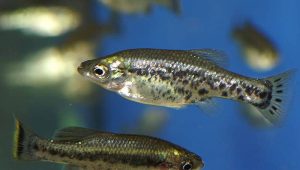
The Butterfly splitfin or the butterfly goodied, is a bony fish from the monotypic genus Ameca of the slpitfin family. The body of both sexes is ochre, with silvery sides and a brownish back which in males usually have numerous glittering scales. While the young are entirely silvery in color in the first two weeks after they are born.
It’s been recorded that there are only one or two populations of these fish left in the wild, they, therefore are functionally extinct as these populations are isolated and limited. However, there is a tiny population located in a waterpark in Mexico, and escaped captive stock may now form a small wild population in Nevada.
There is a strong possibility that they would be recognized as fully extinct this year as these populations are known to be extremely fragile. While butterfly splitfins are almost extinct in the wild, they’re doing well in captive breeding stocks.
They are completely reliant on humans as they’re domesticated and displayed in aquariums. Sadly a decreased amount of interest in this species has resulted in a decline in their numbers, but there are still many individuals in existence.
Atlantic Horseshoe Crab
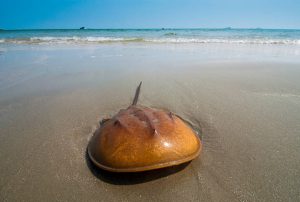
While the horseshoe crab in its entirety is not extinct, the population of horseshoe crabs in the Long Island Sound is functionally extinct as of 2022. Functional extinction means that there are still individuals alive, but they are a few generations from disappearing completely. There are not enough animals left to propagate the species in the Long Island Sound.
This specific horseshoe crab is also known as the American horseshoe crab. It’s found in both brackish and marine environments. It’s in the Gulf of Mexico and up the Atlantic seaboard.
It’s considered an important part of native ecosystems because its eggs and juveniles are important sources of nutrients for sea turtles and birds. This is especially true in the more southern parts of its range, where it breeds year-round.
While these crabs look like crabs and are found in the ocean like crabs, they’re more closely related to scorpions, ticks, and spiders. This is the last species of this type of crab found in North America, though there are extinct predecessors that existed within this animal’s territory.
The American horseshoe crab likes to eat invertebrates, which get ground up in a gizzard after passing through legs with bristles on them. Horseshoe crabs, in general, are of interest to scientists because they’re considered living fossils.


